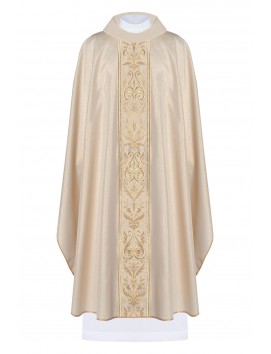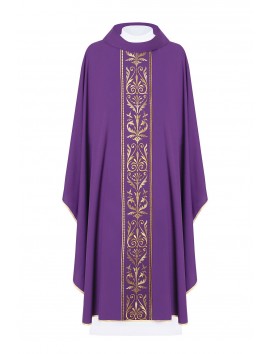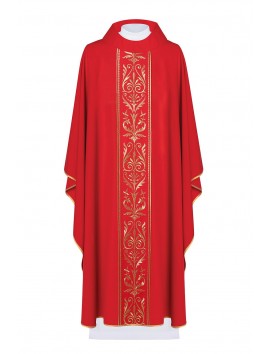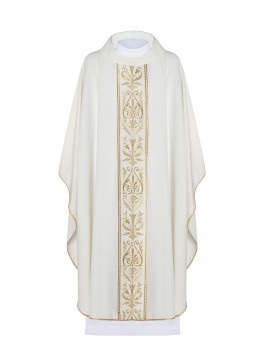In the Episcopal Church, as in other Christian denominations, the act of bowing to the cross is a sign of reverence and respect for the symbol of the crucifixion. This act is often seen during various liturgical services and is a way for Episcopalians to show their devotion and honor to Jesus Christ.
Bowing to the cross is usually accompanied by a prayer or recitation of a creed, which serves to reaffirm the faith and beliefs of the congregation. It is also a reminder of the sacrifice Jesus made on the cross for the salvation of mankind.
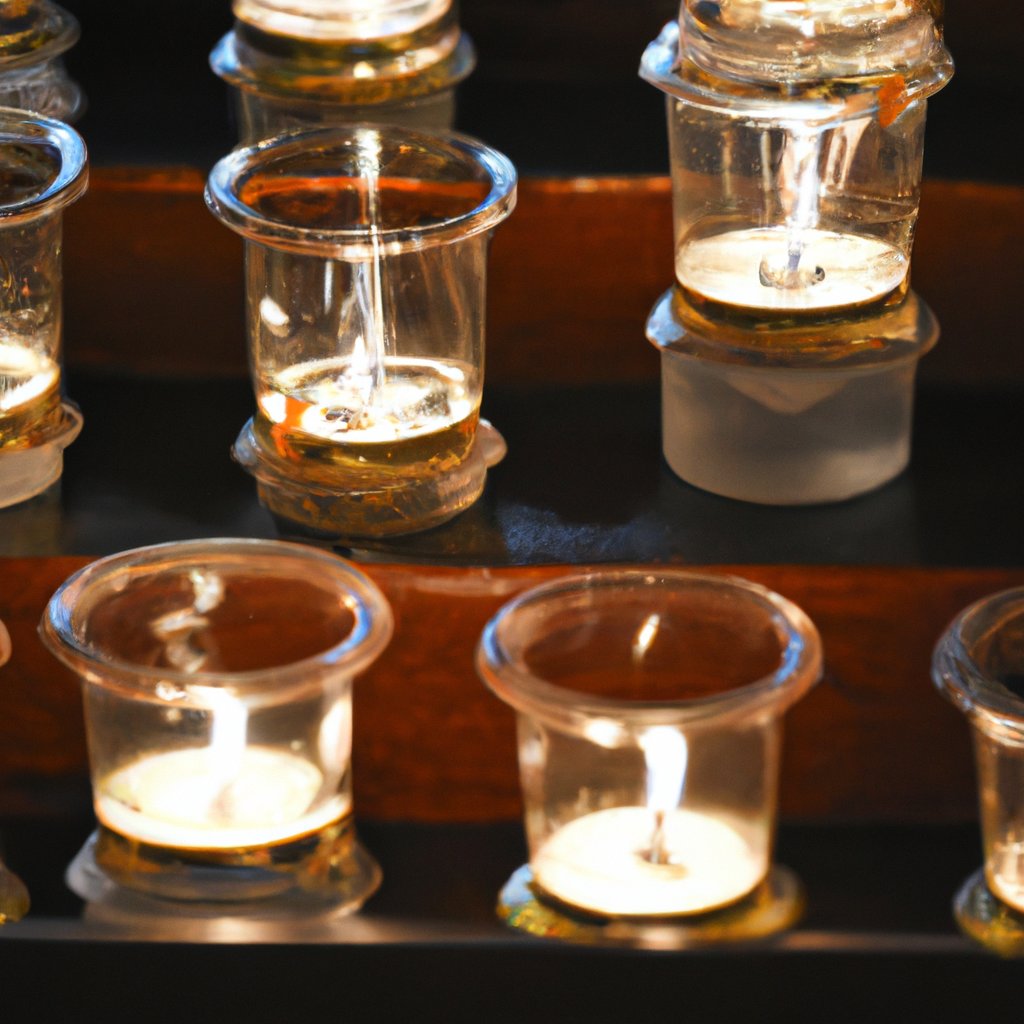
The specific customs and practices regarding bowing at the cross may vary from one church or congregation to another. In general, however, the act of bowing to the cross is a way for Episcopalians to express their faith and devotion to God and to commemorate the life and teachings of Jesus Christ.
Do you genuflect in an Episcopal church?
In the Episcopal Church, as in other Christian denominations, the act of genuflection is a traditional sign of reverence and respect for the presence of the Eucharist. However, the practice of genuflecting may vary from parish to parish or congregation to congregation.
Some Episcopal churches may encourage their congregation to genuflect when entering or leaving the pew as a sign of respect for the altar and the Eucharist. Others may prefer a bow or sign of the cross instead of genuflection.
It is important to note that the Episcopal Church values individual expression of faith and respects the personal preferences of its members. Therefore, while genuflecting is a common practice in some Episcopal churches, it is not mandatory and individuals are free to express their faith in a way that is comfortable and meaningful to them.
What do Episcopalians say before praying?
Before praying, Episcopalians may say a few different things, depending on the context and their personal preference. Here are a few examples:
1. "In the name of the Father and of the Son and of the Holy Spirit." This is known as the "sign of the cross" and is a way of invoking the Holy Trinity and preparing for prayer.
2. "Lord, hear our prayer." This is often said in a group setting to signal the beginning of a time of prayer.
3. "Almighty God, we come before you in prayer." This is an example of an opening statement that can be used to acknowledge God's sovereignty and express the intention to pray.
4. "Gracious God, we ask for your guidance and strength as we pray. This is another example of an opening statement that can be used to set the tone for a time of prayer and to ask for God's help in focusing one's mind and heart.
Why do Episcopalians kneel?
Kneeling is a common posture in the Episcopal Church during worship and private prayer. There are several reasons why Episcopalians kneel:
1. Humility and reverence: Kneeling is a way to physically demonstrate humility and reverence before God. It is a way of acknowledging God's greatness and our own smallness in comparison.
2. Repentance: Kneeling can also be a form of repentance. When we kneel, we acknowledge our sins and ask for forgiveness.
3. Worship: Kneeling can also be a way to express adoration and worship. When we kneel before God, we are offering ourselves in complete submission and worship.
It is important to note that kneeling is not required in the Episcopal Church. It is a personal choice, and some people may choose to stand or sit during certain parts of the service or while praying. The Episcopal Church values individual expression of faith and respects the personal preferences of its members.

